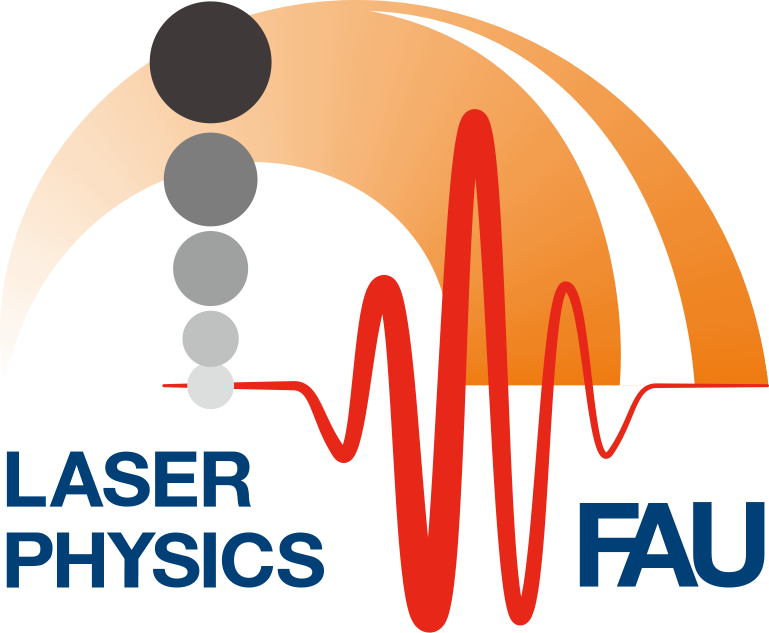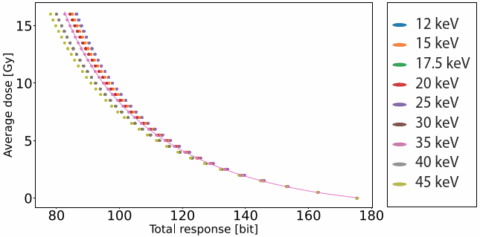Dosimetry for low energy electrons in the range of 12–45 keV with EBT3 GafChromic films, published in Physics in Medicine & Biology
In order to test the vision of an endoscopic device for radiotherapy based on DLA structures, we are currently establishing biophysical experiments with low-energy electron radiation in the 30-50 keV range. In order to investigate the biological effectiveness – a measure of the effectiveness of the radiation – of this low-energy electron radiation and to compare it with previous irradiations such as X-rays, comprehensible dosimetry is required. Due to the low penetration depth of a few micrometres, which is very advantageous for medical applications, commercially available dosimeters cannot be used. Only unlaminated EBT3-GafChromic films, so-called film dosimeters, are suitable in this energy range. The higher the absorbed dose, the darker the films appear.
We describe a possible calibration methode in this publication. Firstly, the dose depth curve was simulated within the active layer of the films. In comparison to high-energy radiation, which has been used in radiotherapy up to now, it drops very quickly and shows a non-linear progression. This dose depth curve is then offset against the measured degree of discolouration compared to calibrated high-energy radiation in such a way that the discolouration determined from a scan can be assigned to an average dose. This final calibration curve is fundamental for the following biophysical experiments.

